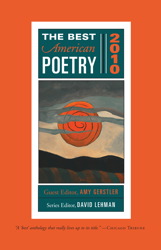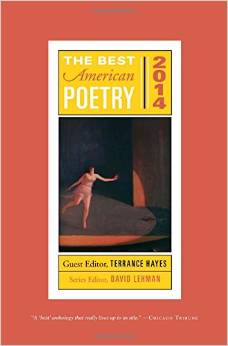The Concord Art Association Regrets
Pam White
Your entry was not accepted. We regret
it wasn't (enough for us), a work of love.
We liked many of the colors on the whole
but the mass was just something unrelated
to the rest of our show. We hope your work
will have a bright future in another place.
We remember last year you tried to place
another photograph and it was also with regret
we turned you down. Though for that particular work
we found nothing about it (no one could) to love.
It was obscure and a little upsetting in relation
to the rest of our show which we look on as a whole.
Now you may think us ungenerous. On the whole
you are probably right, but this is our place
and we can do what we want whether you relate
to it or not. However we don't want you to regret
your association with us. We want you to love
us, send us money, but please, no more work.
You see right now we need money to work
on the building we're in. There's a hole
in the roof and one wall needs all the love
and attention it can get. Really the place
needs so much, which all costs. I regret
to remind you we need more space for related
works. We're trying to expand and relate
to lots of different kinds of work
so different people won't regret
their visit with us but will see the whole
beauty and tranquillity of the place
and come with us, a journey of love
where people of all races, colors, and creeds love
to look and bask and of course bring relations,
friends, and lovers. All are welcome to our place
here where all the world's magnificent work
can be shown in its entirety, the whole
place filled - with your exception, we regret.
We know you'll love the whole
work we're doing for this place.
We can't relate enough our regret.
(Copyright © 1983-2015 by Pam White.)
|
 Index of Poetry.
Index of Poetry.
 Highlights for Poetry.
Highlights for Poetry.
 Books of Poetry Form.
Books of Poetry Form.
 How to Write Poetry.
How to Write Poetry.
 Haibun.
Haibun.
 Haiku.
Haiku.
 Hay(na)ku.
Hay(na)ku.
 Rengay.
Rengay.
 Tanka.
Tanka.
 Tan-renga.
Tan-renga.
 Concrete.
Concrete.
 Ghazal.
Ghazal.
 Lai.
Lai.
 Pantoum.
Pantoum.
 Prose poem.
Prose poem.
 Rondeau.
Rondeau.
 Rubáiyát.
Rubáiyát.
 Sestina.
Sestina.
 Skaldic verse.
Skaldic verse.
 Sonnet.
Sonnet.
 Terza rima.
Terza rima.
 Triolet.
Triolet.
 Tritina.
Tritina.
 Villanelle.
Villanelle.
 El Poema Concreto.
El Poema Concreto.
 J. Zimmerman (poems).
J. Zimmerman (poems).
 J. Zimmerman (haiku).
J. Zimmerman (haiku).



